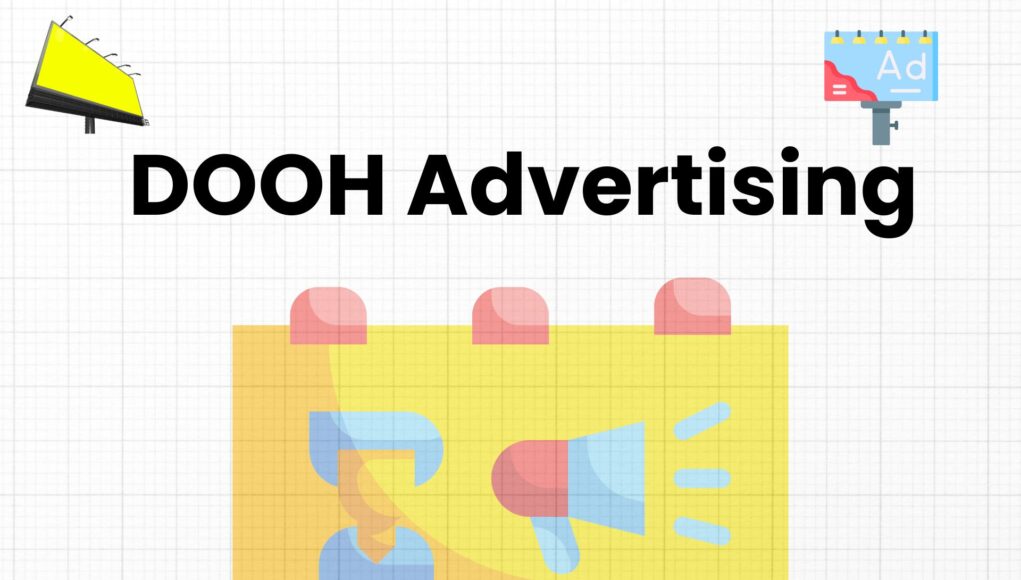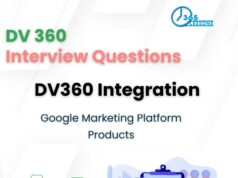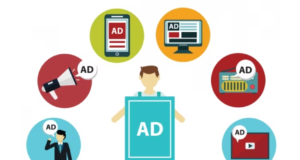Introduction to DOOH
In the ever-evolving landscape of advertising, Digital Out-of-Home (DOOH) has marked its territory as a dominant force, capable of capturing the wandering eyes of consumers in a world saturated with digital screens. The journey from static billboards lining highways to dynamic digital displays showcasing vivid, animated content in urban centers signifies a revolution in how brands communicate with their audience. This transition is not just about moving from static to digital but embracing the innovation that technology brings. Today, we stand at the tip of a new era in DOOH advertising, characterized by the emergence of Dynamic Creative Optimization (DCO), anamorphic 3D videos, and audio-enhanced Out-of-Home experiences. These innovative formats are redefining engagement, making connections with audiences more engaging, memorable, and impactful.
The Evolution of DOOH
The concept of outdoor advertising is as old as commerce itself, beginning with simple shop signs and evolving into the billboards that became a staple of the 20th-century landscape. However, the turn of the millennium brought with it a digital revolution that transformed many facets of our lives, including advertising. The advent of digital billboards was a significant milestone, offering the ability to change messages quickly without the physical labor of replacing printed materials. This transition was just the beginning.
As technology progressed, so did the capabilities of DOOH. The industry began to leverage data analytics, connectivity, and creative software, pushing the boundaries of what could be achieved with a billboard. The necessity for innovation was driven by a cluttered advertising space and the diminishing attention spans of consumers bombarded with messages across multiple channels. To stand out, DOOH had to evolve, leading to the exploration of dynamic, interactive, and highly engaging formats that we are witnessing today.
Dynamic Creative Optimization (DCO) in DOOH
Dynamic Creative Optimization represents a significant leap forward in the realm of DOOH advertising. At its core, DCO is a technology that enables advertisers to automatically adjust and personalize advertising content in real-time, based on data about the audience, the environment, or specific triggers like weather, time of day, and social trends. This capability ensures that the content displayed is not only relevant but also highly targeted and engaging.
The advantages of employing DCO in DOOH are manifold. Firstly, it allows for unparalleled relevance, as ads can be tailored to the moment, making them more likely to capture attention and evoke a response. For instance, a coffee shop ad can showcase a warm beverage on a cold morning or a refreshing iced drink during a heatwave, directly appealing to the immediate desires of the viewer. Secondly, DCO campaigns have been shown to significantly increase engagement rates. Personalized content resonates more deeply with individuals, leading to higher recall rates and a stronger emotional connection to the brand.
Examples of DCO in action abound, from airlines displaying real-time flight deals to passersby based on their current location, to retail brands showcasing the most popular products in the vicinity, DCO leverages the power of data to create a more dynamic and effective DOOH landscape.
Anamorphic 3D Videos in DOOH
Anamorphic 3D videos take the concept of engagement to a whole new dimension, literally. This technology manipulates the content to create an illusion of depth, making the images appear as if they are jumping out of the screen or extending into the space around them. The result is a captivating visual experience that turns heads and stops people in their tracks.
The impact of these 3D visuals in public spaces cannot be overstated. They not only grab attention due to their novelty and visual appeal but also create memorable experiences that viewers are likely to share, both in person and on social media. This viral aspect of anamorphic 3D videos can significantly amplify the reach and impact of a campaign.
Case studies of successful anamorphic 3D video campaigns include brands from a variety of industries. For example, a famous sneaker brand once transformed a square into a virtual skatepark, with shoes performing impossible tricks in mid-air, captivating the audience and generating buzz far beyond the physical location of the display.
Audio in DOOH: A New Frontier
Traditionally, visual elements have been the primary focus of DOOH advertising, leaving audio somewhat underexplored. However, the integration of sound with digital outdoor displays is opening up new avenues for creating immersive and engaging experiences for audiences. The addition of audio transforms DOOH from a purely visual medium into a multisensory experience that can enhance the impact of advertising messages.
The use of sound in DOOH advertising can significantly amplify the effectiveness of campaigns by engaging multiple senses of the audience. When audio is strategically paired with dynamic visual content, it can enhance recall, strengthen emotional connections, and even influence consumer behavior. For instance, a dynamic ad for a beach resort could not only show stunning visuals of the sea and sand but also include the soothing sounds of waves and seagulls, transporting the viewer closer to the experience of being at the beach.
Moreover, innovative campaigns have demonstrated the potential of audio in DOOH by integrating directional sound technology, which targets audio messages to specific areas, minimizing noise pollution and ensuring that the message reaches only the intended audience. This precise approach allows advertisers to create personalized experiences in public spaces without overwhelming the general public with unwanted noise.
Examples of audio-enhanced DOOH campaigns include interactive billboards that play catchy tunes or slogans when someone approaches, or ambient soundscapes in bus shelters that complement the visual advertisements displayed, creating a more engaging and memorable advertisement.
Challenges and Considerations
While the advancements in DOOH advertising offer exciting possibilities for creativity and engagement, they also come with their set of challenges and considerations. The integration of dynamic content, 3D visuals, and audio in public spaces requires sophisticated technology and creative talent, making these campaigns more complex and potentially costly than traditional DOOH advertising.
Technical challenges include the need for high-quality displays that can accurately render 3D visuals, the integration of sensors and data analytics for DCO, and the implementation of sound technology that does not contribute to noise pollution. Additionally, creating content that effectively utilizes these technologies requires a deep understanding of storytelling, design, and audience engagement, necessitating collaboration between technologists and creatives.
Moreover, as DOOH advertising becomes more personalized and data-driven, ethical and privacy concerns arise. Advertisers must navigate the fine line between personalization and intrusion, ensuring that data collection and targeting practices respect consumer privacy and comply with regulations.
Conclusion
In conclusion, the transformation of DOOH advertising through dynamic, 3D, and audio formats is not just an evolution; it’s a revolution in how brands engage with audiences. As we look forward to the future of advertising, it’s clear that the possibilities for DOOH are as vast as the creativity and technology that drive it. The key to unlocking these possibilities lies in embracing innovation, understanding the power of multisensory experiences, and navigating the ethical landscape with integrity and respect for consumer privacy. The future of DOOH advertising is bright, and it promises to bring brands and audiences together in ways we are just beginning to imagine.
10 Key Takeaways
- Dynamic Creative Optimization (DCO) Enhances Relevance: DCO allows advertisers to tailor content in real-time based on data, significantly increasing the relevance and engagement of DOOH advertisements.
- Anamorphic 3D Videos Capture Attention: The illusion of depth and movement created by anamorphic 3D videos makes DOOH advertisements more eye-catching and memorable.
- Audio Adds a New Dimension to DOOH: Integrating audio with visual advertisements transforms DOOH into a multisensory experience, increasing engagement and message retention.
- Technology Drives Innovation in DOOH: Advances in technology, including data analytics and creative software, are pushing the boundaries of what can be achieved in outdoor advertising.
- Data-Driven Personalization is Key: Leveraging consumer data to personalize advertisements can significantly improve the effectiveness of DOOH campaigns.
- Multisensory Experiences Enhance Engagement: Engaging more than one of the audience’s senses can create more immersive and impactful advertising experiences.
- Privacy and Ethical Considerations Are Crucial: As DOOH becomes more personalized, advertisers must navigate privacy concerns and ethical considerations carefully.
- Interactivity Increases Memorability: DOOH campaigns that include interactive elements can foster a stronger connection with the audience, making the advertisement more memorable.
- Technical and Creative Challenges Require Collaboration: The successful implementation of advanced DOOH formats requires close collaboration between technologists and creative professionals.
- The Future of DOOH Is Limitless: With continuous advancements in technology and creativity, DOOH advertising is set to offer even more innovative and engaging ways to connect with audiences.
As we look to the future, the potential of DOOH advertising is boundless. By pushing the boundaries of creativity and technology, brands can create not just advertisements, but moments of wonder, connection, and engagement that leave lasting impressions on consumers.








